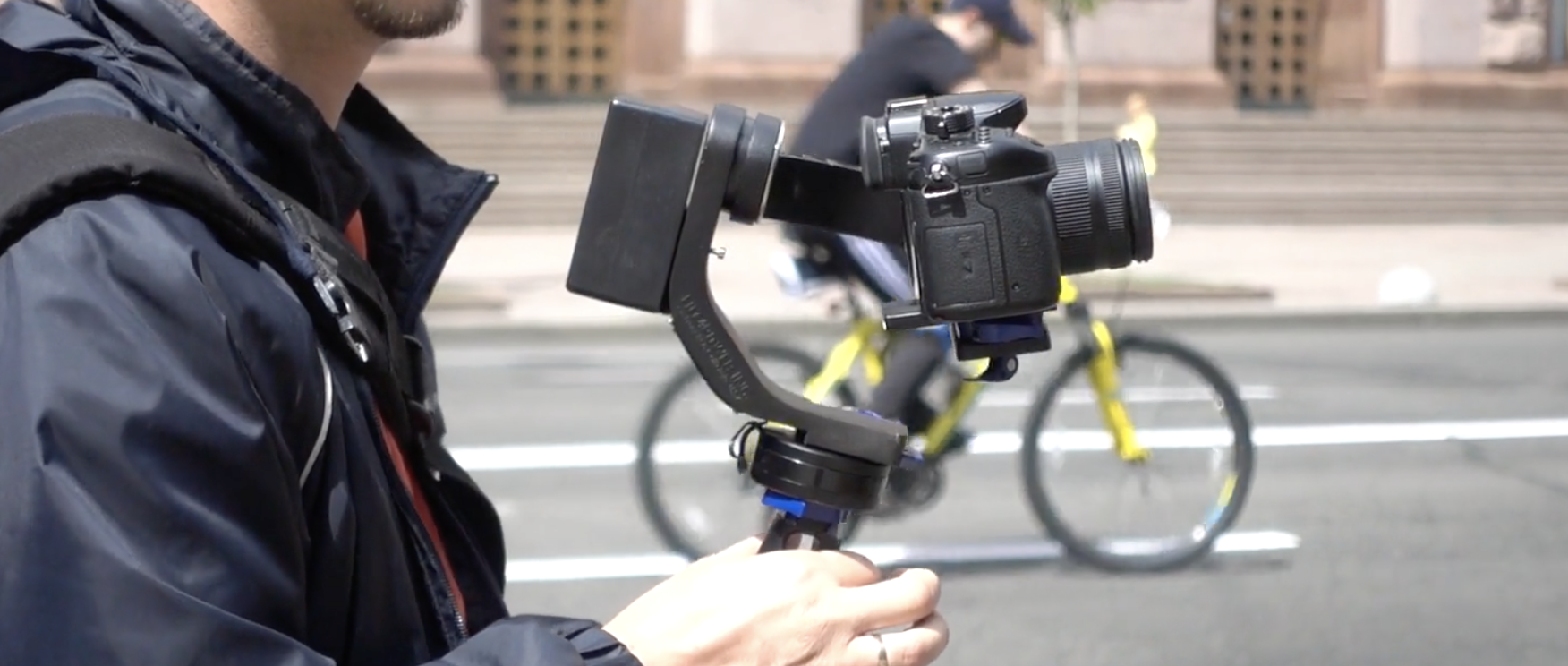
Camera Stabilization For Video Content
Do you ever wonder how the movies you watch and the TV shows you see or even the spectacular video content you stream always looks so smooth and easy to follow? The reason for that lies in the form of every video production specialist’s secret weapon: camera stabilization. These nifty devices allow us to make any shot flawless and steady regardless of motion or situation. Yet these tools are among the hardest to familiarize yourself with even more difficult to master.
If you’re wondering where you can even get started in this difficult field, you came to the right place. We’ve taken our decades of video content production and broadcasting experience in the Washington, D.C. area and distilled a few key starting points in this introductory primer on camera stabilization for video content.
Types Of Stabilizers
To start, when we speak of camera stabilization, we’re talking about any device or tool that finds some way of counterbalancing or controlling a camera’s movements while it is in motion. For example, while walking and shooting an interview subject or strapped to a car quickly following another car for a TV ad. Stabilizers are the tool you use to ensure every shot remains perfectly still no matter how fast you have to move to get it.
Before we go any further, we’d like to quickly break down the different types of stabilizers on the market right now as the term itself often means a few different things. There are even more than this, and many find ways to combine the different styles, but these are a few key starting points.
Handheld
At the lowest level are stabilizers that are hand-operated. Technically your average tripod or monopod would fall at this level, but when shooting video in motion using handheld stabilizers we’re commonly referring to something more akin to a selfie stick. These are any stabilizers that are counterbalanced using the strength and stability of your arm combined with a stable platform for your shooting device to sit. These are especially useful when shooting with something like a smartphone or GoPro, but not quite so much for anything like a DSLR or above.
The most commonly used higher-level entry in this class is the exceptionally popular Glidecam which uses weights attached to a counterbalance below the camera to constantly keep it balanced while shooting. It’s also strong enough to support DSLR and even some smaller cinema cameras, making it a practical and affordable alternative to more rigorous set-ups.
3-Axis Gimbals
At the next level of stabilizers is the 3-axis gimbal which is like many handheld stabilizers but instead of counter-motion or counter-weight, these use electric motors to do the job for you more seamlessly. While there is a range of functionality to these, this class usually begins to feature other controls such as tilt, pan, pitch, and roll as you begin to harness all 3 axes of motion.
While gimbals may seem like an easier-to-handle alternative, this often isn’t the case. The motors in these devices are incredibly sensitive so they have to be worked with carefully and require specific calibration. It also takes lots of practice to coordinate those new movements while shooting great footage making them a bit more difficult to master. Additionally, though these stabilizers specialize in higher quality cameras like DSLRs, they too are often limited when it comes to higher-level or cinema cameras.
Mounted And Vest Stabilizers
Once arriving at the highest level of camera stabilization, you begin to see many of the previous technologies harnessed and specialized. The most common approach for your average professional camera operator is the vest stabilizer. These forms often utilize similar finely tuned motors as 3-axis gimbals, but also take advantage of the operator’s body as a firm counterweight. The reason for this is also because the cameras used with these stabilizers, top-of-the-line cinema bodies, are often too heavy to even realistically hold and shoot with. Once it is mounted to the vest, its weight is distributed evenly across the body while the motors keep it stable. Then the operator can control it with ease using complex control systems.
Here there are really two more dominant choices to consider, the Tiffen Steadicam and the DJI Ronin. While both are unique in their approach, they are similarly challenging to master and typically require specially trained professionals to operate. It is for this reason, and the much higher price point than those other two classes, that these devices are usually reserved for professional sets and high production quality video content.
When To Consider Using
If you’re shooting a small, office interview with a colleague or just want a simple angle on a child’s school game, it might surprise you to hear that you don’t really need a fully-fledged stabilizer. An ordinary tripod might do fine, or even just your own two hands. We mostly recommend such technology when doing shots that require large amounts of motion or those looking to enhance the cinematic quality of their content.
There are also more affordable options if shooting on a limited budget, besides a low-quality handheld stabilizer. Many video editing suites will often have content stabilization controls and many higher quality cameras will even have a certain amount built right in! However, if you’re looking for that kind of content production quality at the highest level but don’t have the ability to jump in yourself, let us help. Get in touch with us for a consultation today to see what our years of web video content production and professional broadcasting experience have to offer for your next ad campaign or roll-out!
